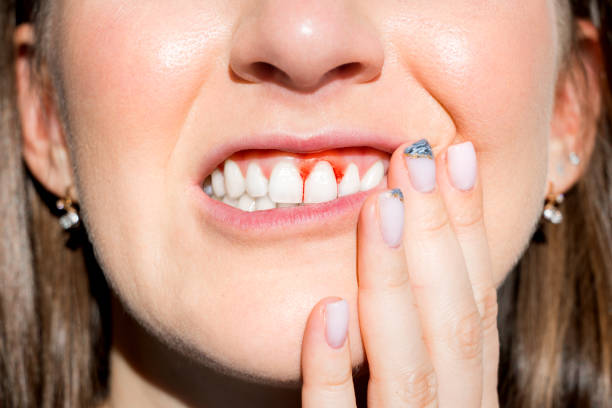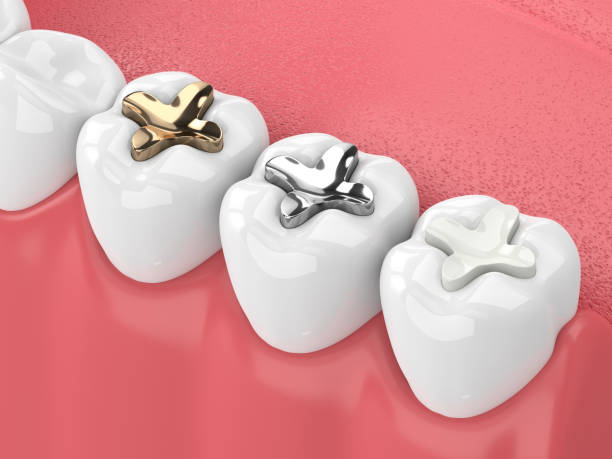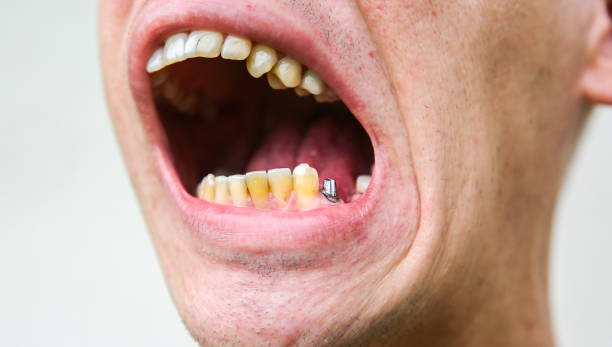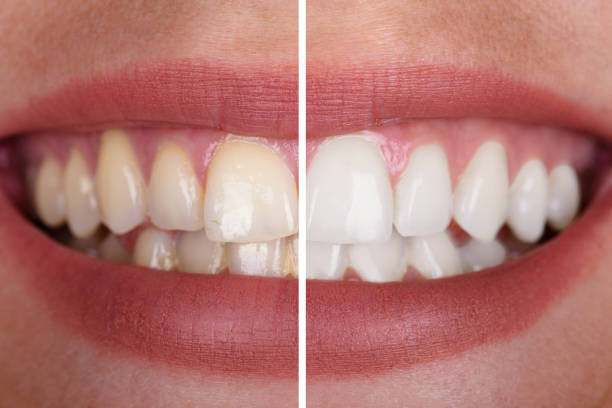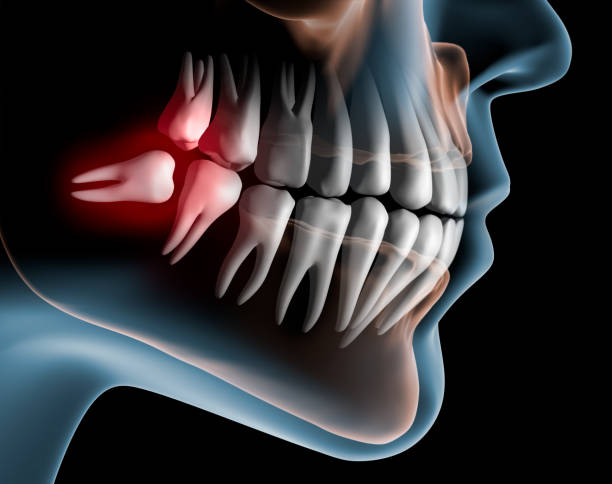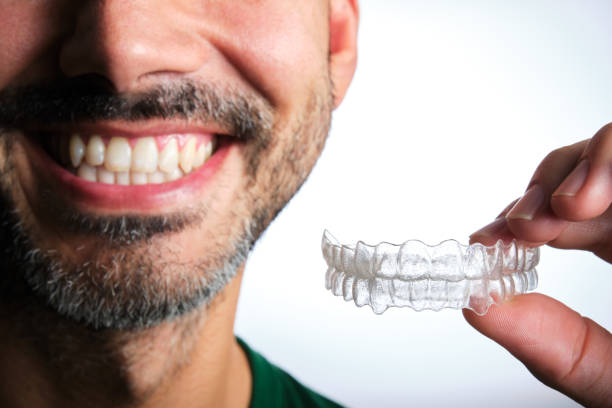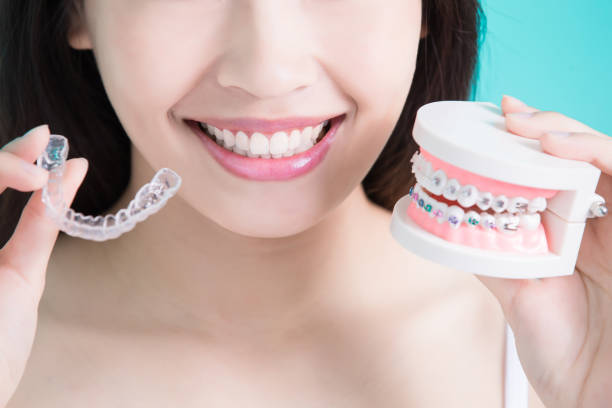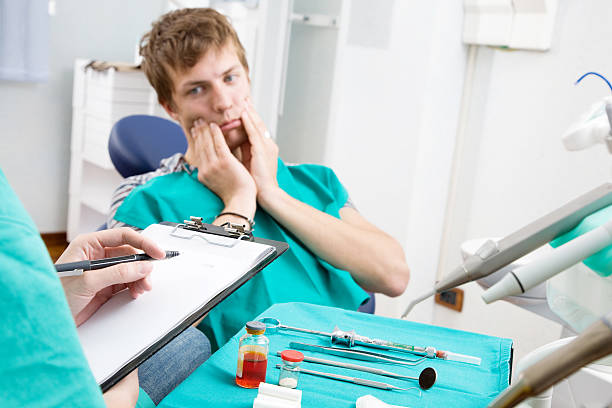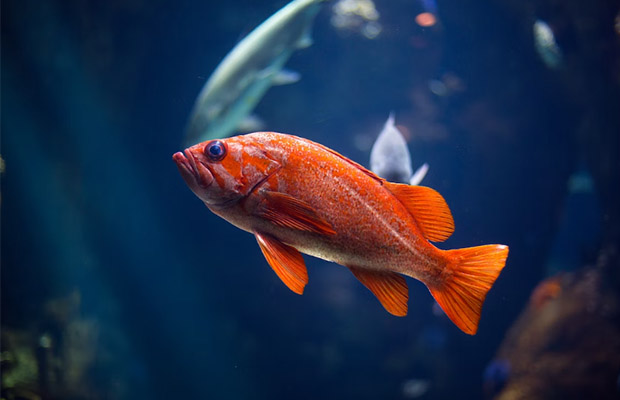Baby teeth, also known as deciduous teeth or milk teeth, may not seem like they are all that significant.
Have you ever wondered why we have baby teeth? Baby teeth essentially act as placeholders for permanent teeth and show where they should erupt.
In several ways, baby teeth support your child’s continued growth and development. Care must be taken of these teeth even though they will eventually fall out. Let’s examine some of the factors that make baby tooth health a top priority.
Table of Contents
Purpose of Baby Teeth
Since we are mammals, we are born with twenty primary teeth in our jaw. Children typically have their full set of baby teeth by the age of three, when teething usually starts between six and twelve months of age. Although you can’t see it, permanent teeth are developing in the jaw while a child’s baby teeth are being used.
Simply put, a child’s jaw cannot accommodate the size and number of permanent adult teeth that they will eventually develop. (If they were, what a nightmare that would be. It would be very difficult to give birth!) The child’s jaw can accommodate up to 32 permanent adult teeth once the child’s skull has grown and developed, typically by the age of nine to eleven.

In essence, baby teeth are guides for where permanent teeth should erupt and act as placeholders for them. The space for the permanent tooth is lost when a child loses a baby tooth too soon due to decay. When the adult teeth erupt, this may cause dental crowding. Baby teeth also aid children in speaking and chewing properly.
Read More: Why Do We Have Wisdom Teeth?
Are Baby Teeth Important?
As your child grows, primary teeth play a special and crucial role. The number and size of teeth that an adult has cannot fit in your baby’s small jaw. Baby teeth can therefore fit in an infant’s mouth because they are small.
What would happen if we continued to wear our baby teeth as we aged? We have two sets of teeth because without them, the teeth would eventually become too small and dispersed to perform their intended function. A baby’s primary teeth are used to start eating and speaking, and when their mouth is ready, they are lost and replaced by adult teeth.
Cavities in Baby Teeth
It’s important to take your kids to pediatric dental appointments because even after we lose our baby teeth, they can still get cavities. A newborn should visit a dentist as soon as their teeth start to erupt, according to the American Academy of Pediatric Dentistry (AAPD). Usually these are just “well-baby checkups” that allow your dentist to examine the child’s mouth for decay or other problems. These are also an excellent time to ask the Farmington Dental & Orthodontics staff for advice on how to brush or clean your child’s teeth until they are old enough to do it themselves. Even infants as young as six months old can be treated by Dr. Trogdon with great comfort.
Baby Teeth Vs. Permanent (Adult) Teeth
Although the functions of baby teeth and permanent teeth are similar, you might notice some variations between your teeth and those of your child.
- Number: There are 20 teeth in a complete set of baby teeth, compared to 32 permanent teeth in an adult. This variation explains how a child’s mouth differs from an adult’s mouth in size.
- Enamel: Compared to permanent teeth, baby teeth’s enamel is thinner. Enamel aids in preventing surface decay, but a baby tooth’s thin enamel can make cavities easier to develop.
- Hardness: Primary teeth are more brittle than permanent teeth, making them more prone to wear from grinding or acidic foods.
- Color: The natural color of baby teeth is whiter than that of permanent teeth. This phenomenon is typical, and the only time you might notice it in your child is when they simultaneously have a mixture of baby and permanent teeth.
Your baby’s oral care requirements will be different from yours due to these distinctions. Use gentle toothbrushes and the recommended toothpaste dosage for your child’s age. You can use the age ranges listed on many toothbrush packaging to choose an appropriate product. When your child starts to eat solid foods, a conventional nylon bristle toothbrush will be the most effective. While silicone brushes frequently feel better on the gums before any teeth have even begun to erupt.
Final Words
Some of the space required for our adult teeth is lost if a baby tooth is extracted early due to decay or other problems. When the remaining adult teeth eventually erupt, this may result in extremely crowded teeth. When a baby tooth is lost too soon, bone can fill in over top of it, which can delay the eruption of the permanent tooth that was growing below it, depending on other factors.
Now that we know, we can appreciate the value of baby teeth in our overall oral health and development, in addition to their cute appearance. Indeed, appearances can be deceiving!



